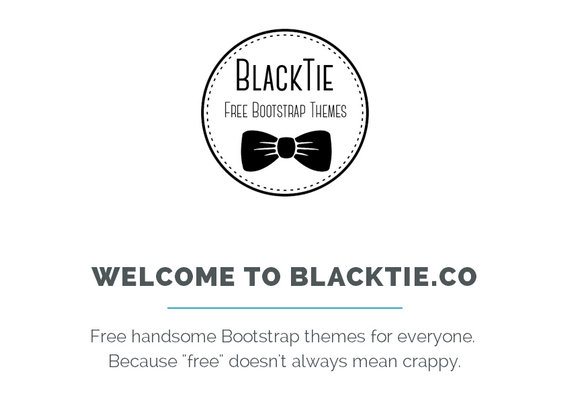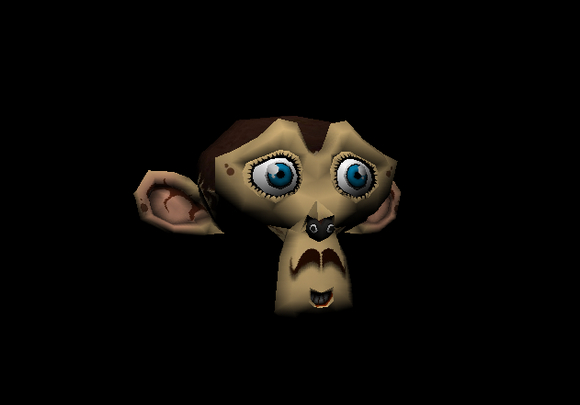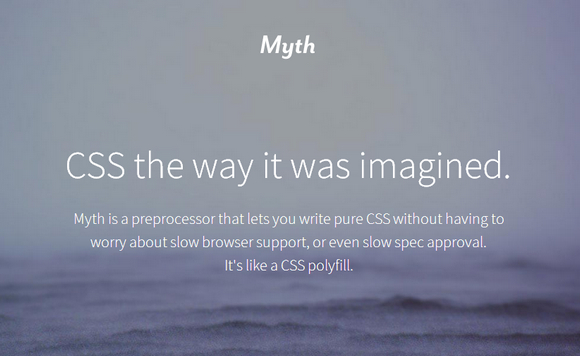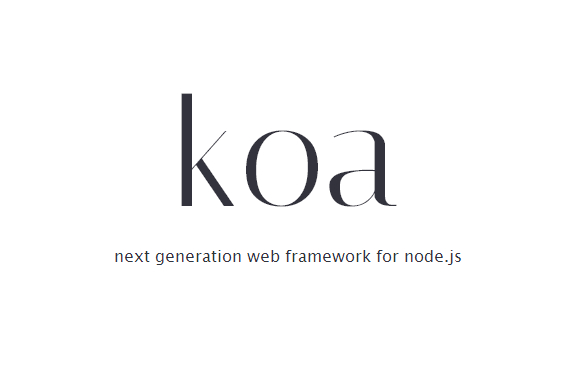How to Use IndexedDB to Handle 3D WebGL Assets
In this article, I’d like to share everything I’ve been learning while developing the support for IndexedDB inside our 3D WebGL Babylon.JS game engine. Indeed, since 1.4.x, we’re now supporting storing & loading the JSON scenes containing our 3d meshes and their .PNG or .JPG textures as blobs from IndexedDB.
This article is built around my own experience on this topic. It’s based on the way I’ve solved the various issues I have encountered while working with IDB. You’ll then find some explanations & tips on what you must pay attention to when you’ll work with IndexedDB. I will also share how and why we’re using it inside our 3d WebGL engine. Still, this article may be helpful for anybody looking at IndexedDB in general. 3d gaming will just serve as an illustration of its usage.













